- Prof. Dr. Jiba Raj Pokharel
The appeal of the former King Gyanendra to the nation on the eve of the Democracy Day has created political ripples around the country. The King in his appeal highlighted the failures of the Republican era and has emphasized on the need of a reunion between the political parties which he had severed after his emergence as a monarch following the tragic demise of then the King and his elder brother Birendra with his family members. He then put all the multiparty politicians either on house arrest or behind the bar. He also gave a semblance of the restoration of the Panchayat System by appointing the erstwhile office bearers of the Panchayat days.
King Gyanendra had golden opportunity ahead of him had he made the political moves correctly. The nation was under a total political eclipse by the Maoist waged Peoples War. The political parties were also in shadow as they could not fulfill the aspiration of the people who had supported them in the dark days of tyrannical and repressive Panchayat system. Still the political parties were a force to reckon with despite bad governance marked by nepotism and corruption. But he took a confrontational approach instead of cooperation. As a result, the Maoists and the political parties fought hand in glove leading to the exit of a 240 year old monarchy. The reigning King was reduced to a former King by the National Republican movement.
The Nation went to the poll of the national assembly after which in its first meeting it removed monarchy from Nepal. Gyanendra had to move to his private bungalow from the royal residence furnished with lavish facility. Former King Gyanendra had thus to undergo suffering by his own misdoing.
The Republican era has not been able to fulfill ever mounting hopes of the citizens which is seldom the case in the preliminary phase of any polity.
The aspiration of the people has been further heightening as if to touch the sky. The Republican era has not been able to fulfill ever mounting hopes of the citizens which is seldom the case in the preliminary phase of any polity. The Former King has been using this as an opportunity since some time now. He invited for the reunion of the political parties and monarchy. He also said that he will not remain silent if his call is not heeded properly.
There have been few instances of the Monarchies staging a comeback like a phoenix rising from the ashes in the world history. The first was in England where Charles I was hanged in 1648. The King wanted to enjoy absolute power contrary to the signing of Magna Carta in 1215 during the reign of King John. Following the hanging of Charles I, Oliver Cromwell took over as the chief of the nation as did Girija Prasad Koirala in the immediate aftermath of the National Republican Movement. His performance was up to the mark apart from one or two failures. But after Oliver's death, his son Richard could not carry the mantle of his father. Some people were already disappointed with the hanging of the King in a conservative England. This was the opportunity for the restoration of monarchy. Consequently, his son Charles II became King in 1660. This was about the time when Pratap Malla was digging Ranipokhari in the center of Kathmandu.
Yet another example is that of Norodam Sihanouk of Cambodia who became the King after his grandfather died in 1955. Later, he abdicated the throne for his father and became the Prime Minister. He was deposed in the Cambodian coup of 1970. He became the King again in 1993 and later abdicated the throne for his son.
Zahir Shaha of Afghanistan was deposed in 1973 while being away on a visit to Italy. He came back to his country in 2002 after a long exile and was tipped to be the King again. But he however could not revive himself as did the other two monarchs as mentioned above particularly because Pakistan the bordering country with Afghanistan was averse to his restoration. He was however conferred a glorious title of the Father of Nation which he enjoyed until he breathed his last.
In Nepal also, people at large may not like Gyanendra in the country's highest seat because of his political excesses when he was the constitutional King.
Former King Gyanendra might be encouraged from the earlier two examples more so from Cambodian event and even from the third one. In England, it would not be possible for Charles I to return to the coveted seat due to the dissolution of the Parliament time and again. In Nepal also, people at large may not like Gyanendra in the country's highest seat because of his political excesses when he was the constitutional King. Unfortunately, his son Paras also does not carry a good image because of his innumerable juvenile delinquencies and is unlikely to make the impossible possible as did Charles II.
The cases of Sinhanok and Gyanendra are similar because he had become the King when his grandfather and father took political asylum in India till their return to Nepal. He again became King in unbelievable circumstances when King Birendra perished with the rest of his family in an unfortunate royal palace massacre.
There are also some other factors in favor of Gyanendra. Firstly, it is prevention of blood shed after he yielded the power to the Prime Minister in 2006. After the removal by the Constituent Assembly also, he left the palace with grace and has been maintaining this stance apart from few anomalies lately. He has also the advantage that the neighboring India may not reject to the restoration of monarchy as did Pakistan to Zahir Shaha given the Hindu inclined party, the Bharatiya Janata Party in power in India. Moreover, the Hindu nation with religious tolerance enjoys massive support within the country that establishes the relevance of monarchy in the country. In fact, the Nepali Congress carried Constitutional monarchy as three of its ideals the other two being Democracy and Socialism. It had supported constitutional monarchy against all odds which it had to unwillingly abandon due to the unconstitutional act of Gyanendra himself that triggered a National Republican Movement ultimately leading to the abolition of monarchy.
It would thus be a day dreaming for Gyanendra to regain kingship from constitutional route.
Monarchy can resurrect in Nepal only from within the framework of the constitution. For this, two third of the members of the Parliament should propose a referendum to choose between the Presidential and Monarchial system in Nepal. This is not possible given only 14 seats of the Rastriya Prajatantra Party in the Parliament who have Hindu Nation and the Constitutional Monarchy as their twin main agenda. It would thus be a day dreaming for Gyanendra to regain kingship from constitutional route.
The other route is non constitutional for which people have to rise for the support of Gyanendra en masse as could be seen in the 1990 and 2006 uprisings. This could be a distant possibility if the political parties continue to perform as they have in the last decade and half.
The author is the former Vice-Chancellor of Nepal Academy of Science and Technology (NAST).

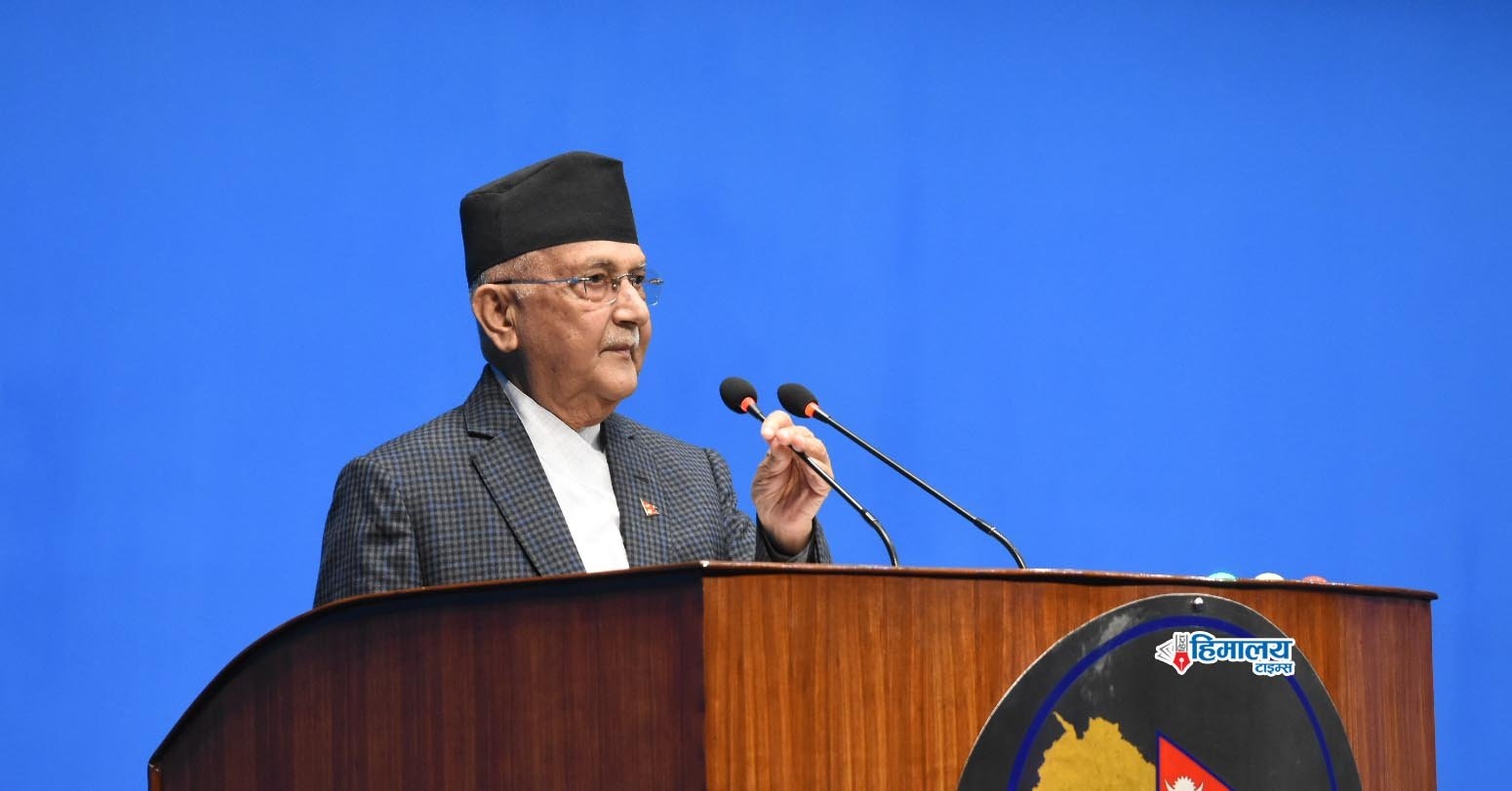
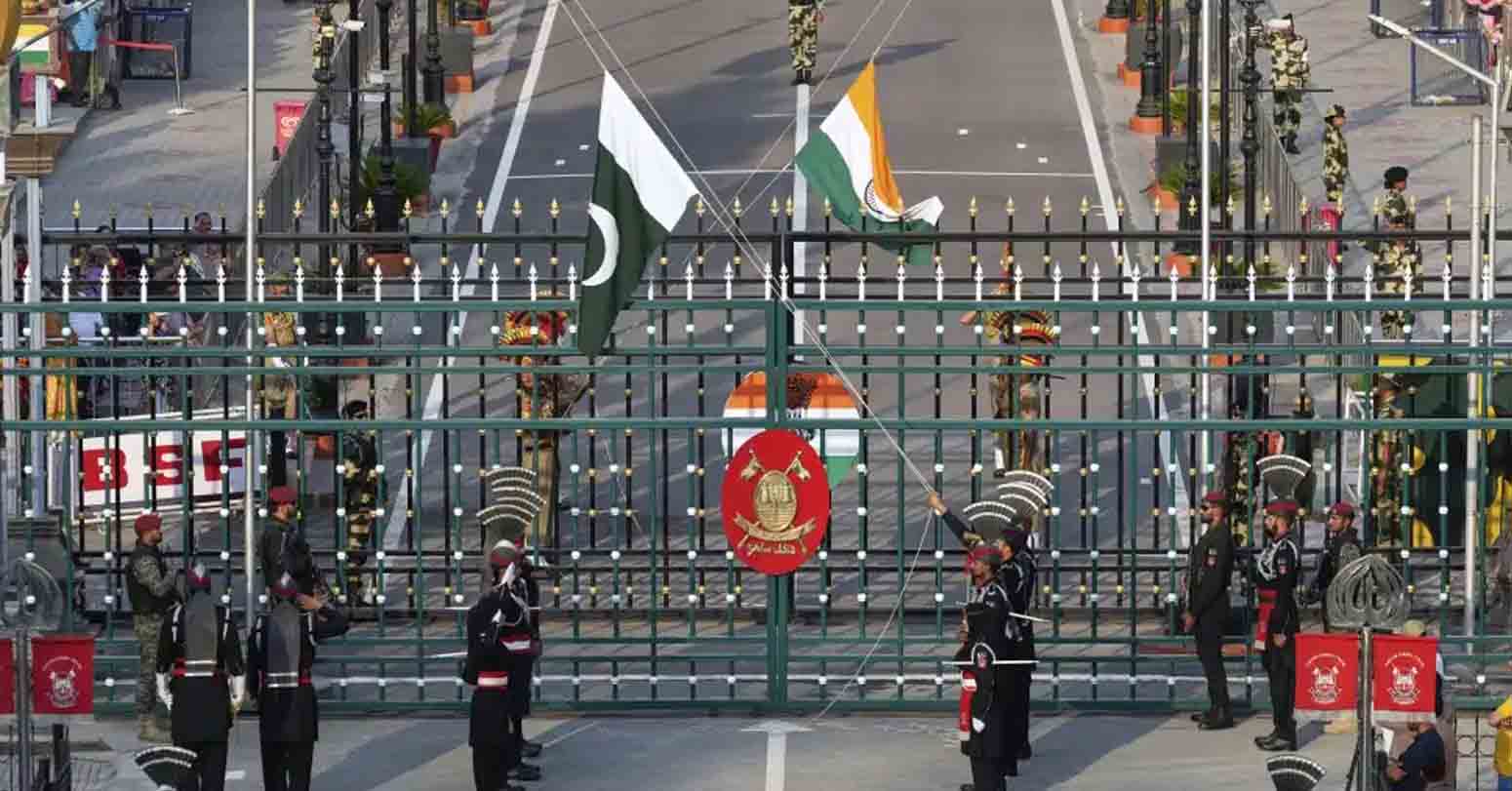
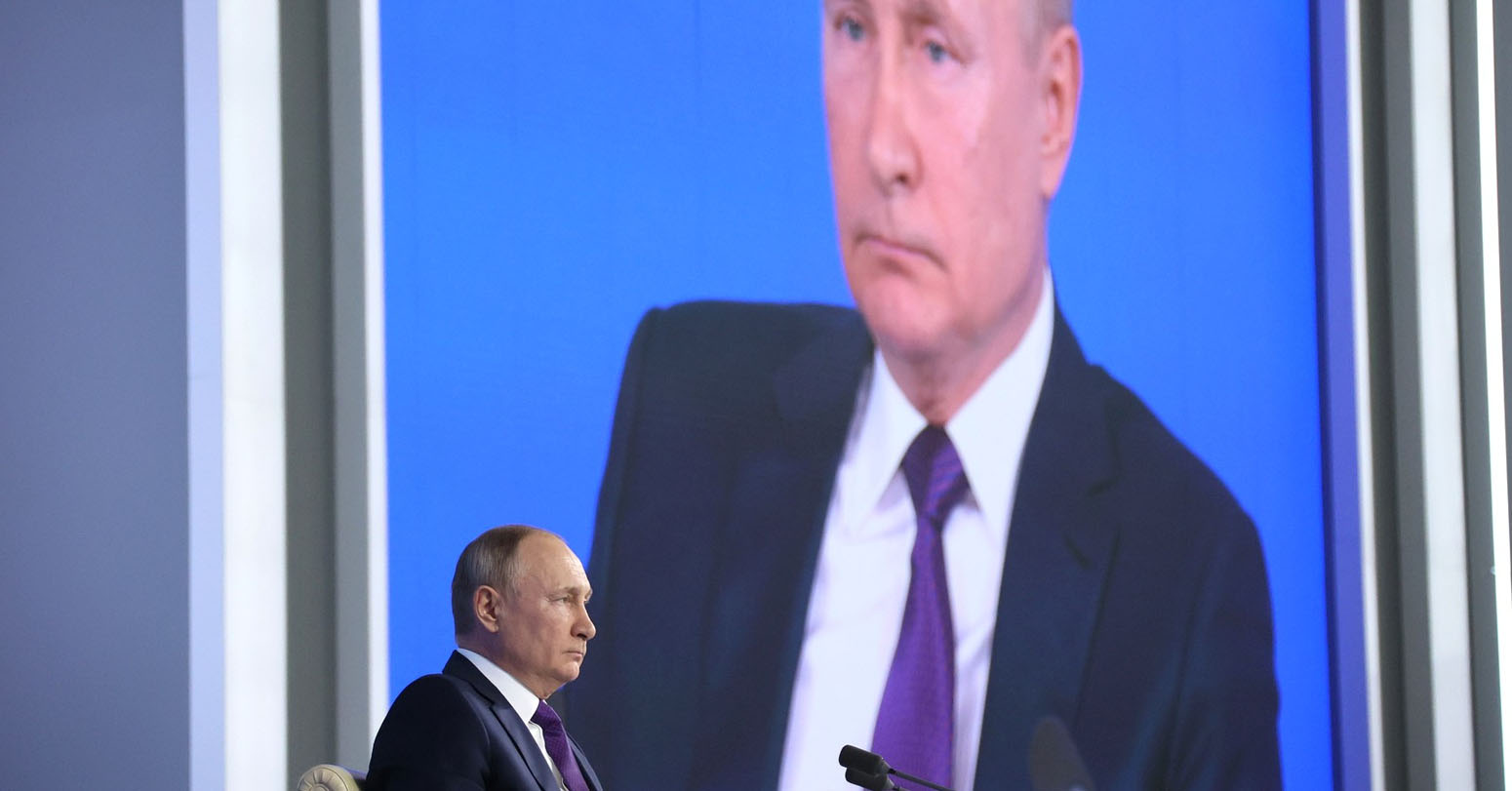

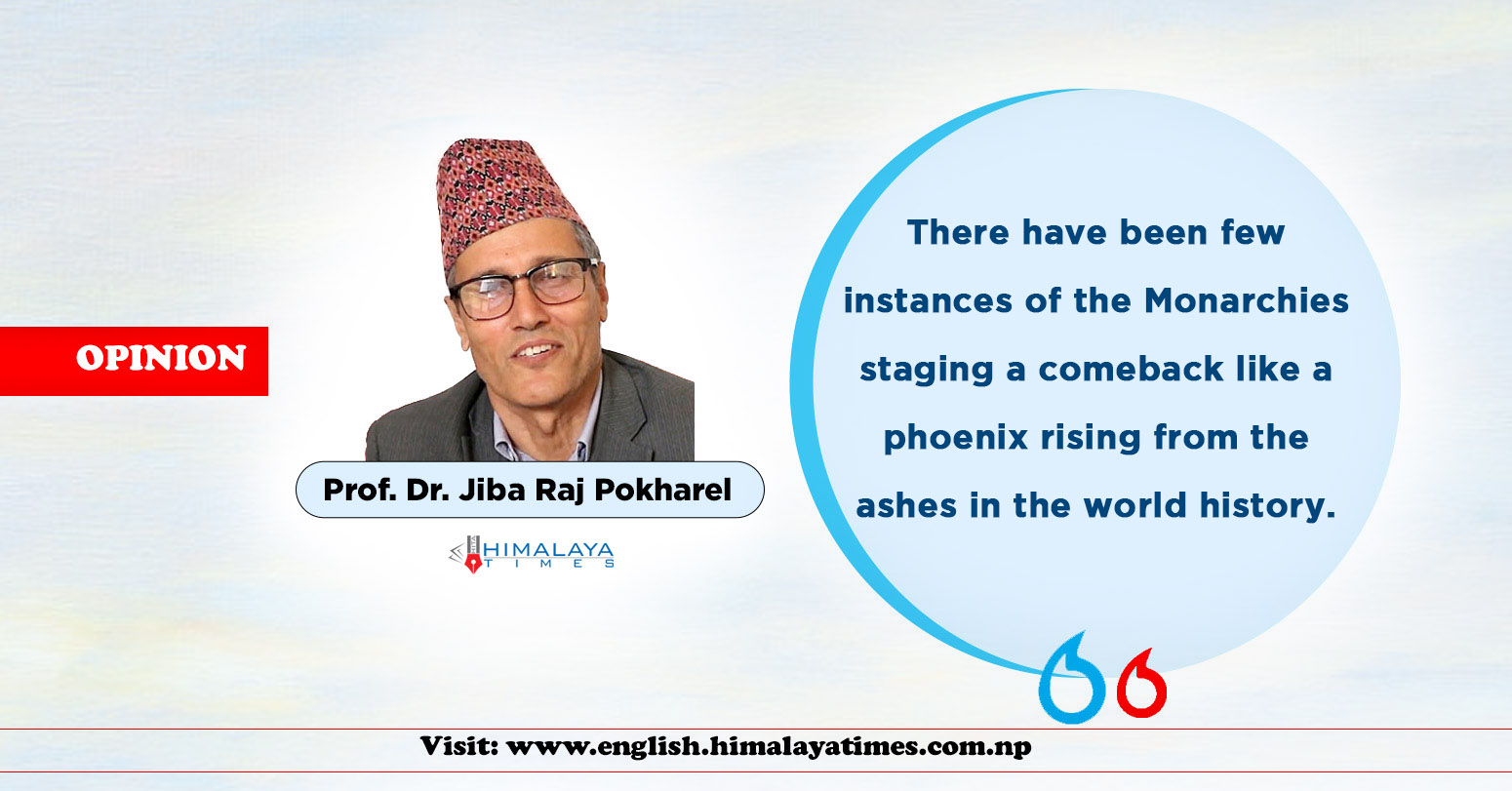

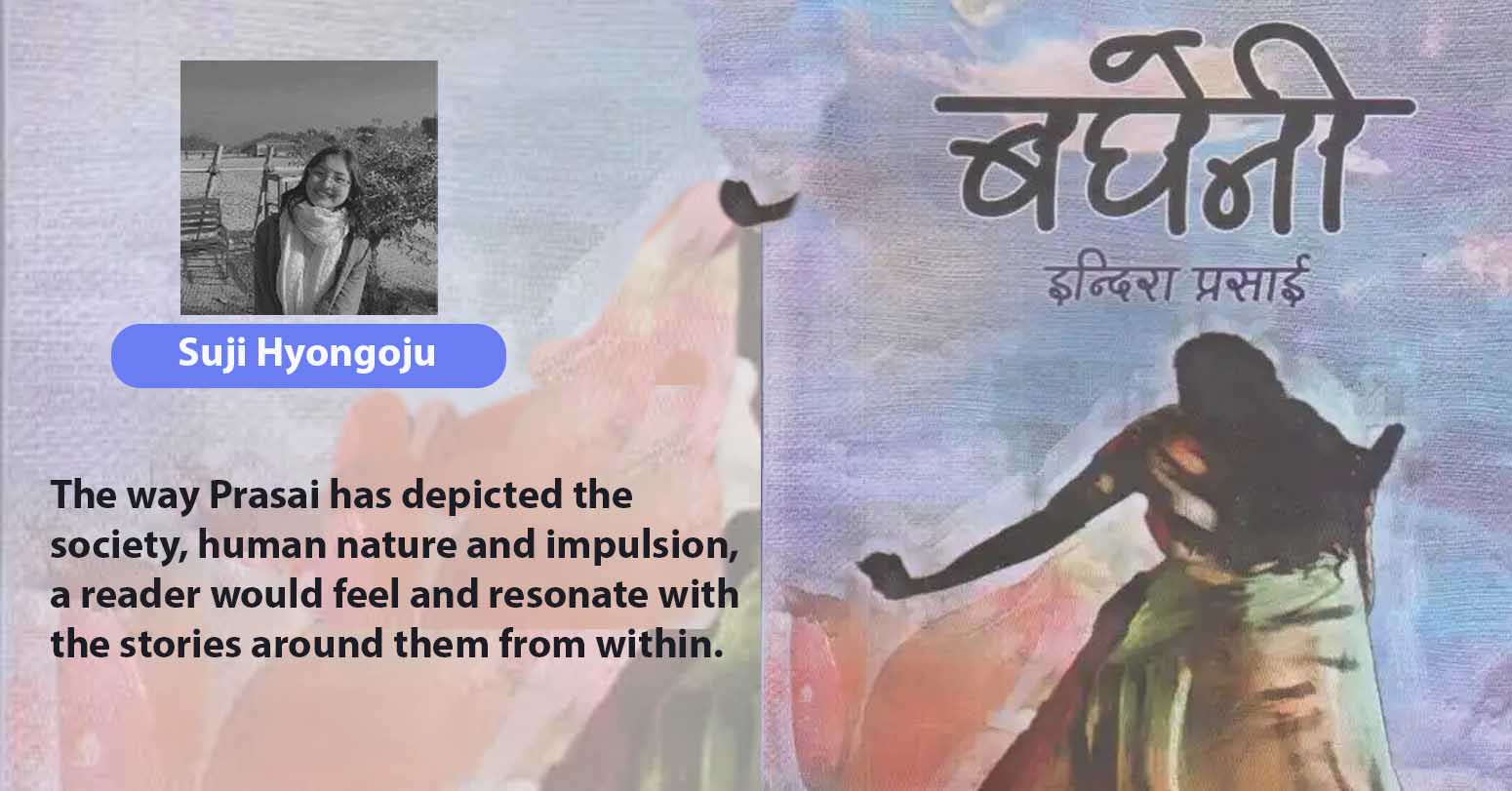
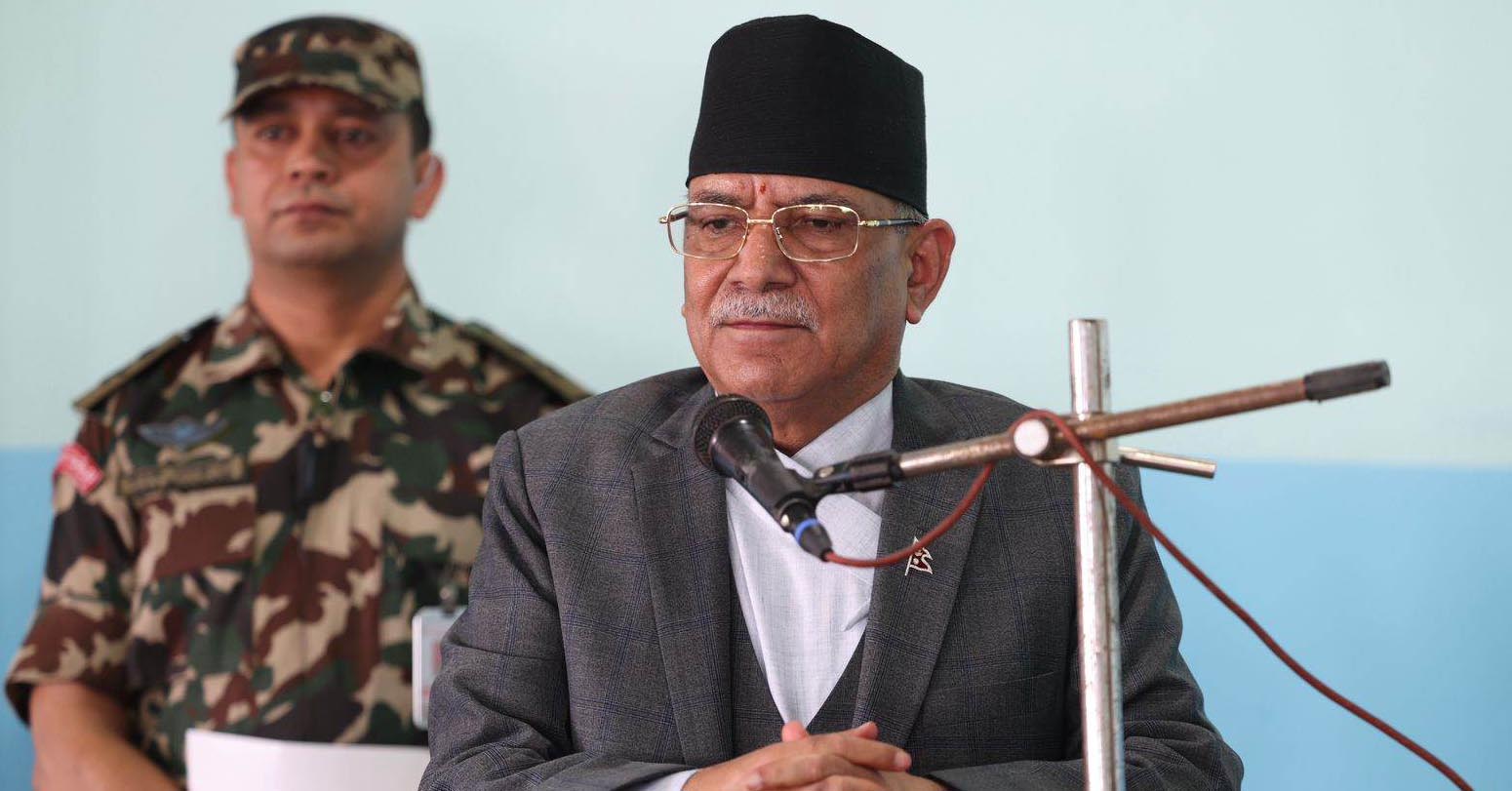


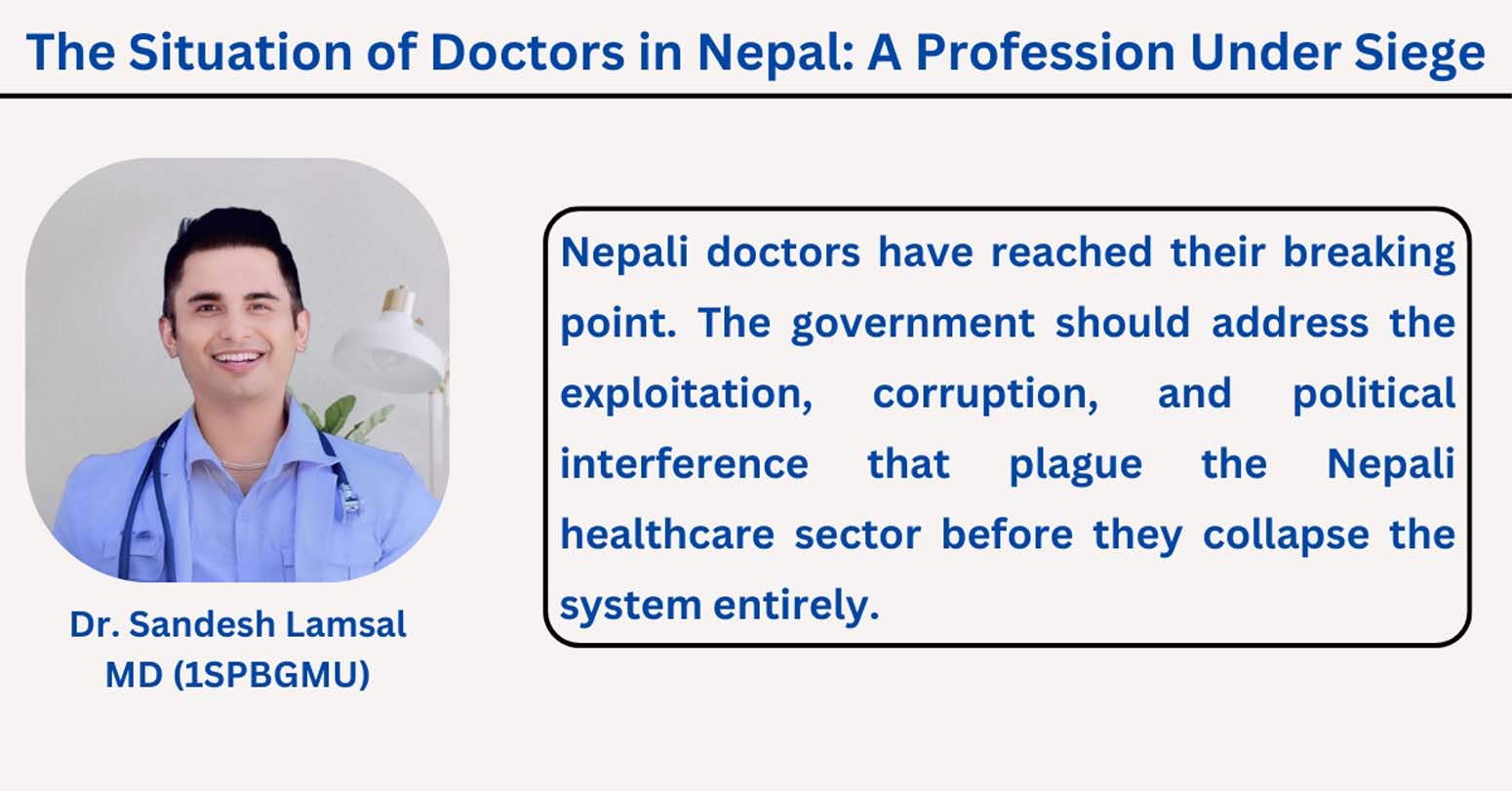

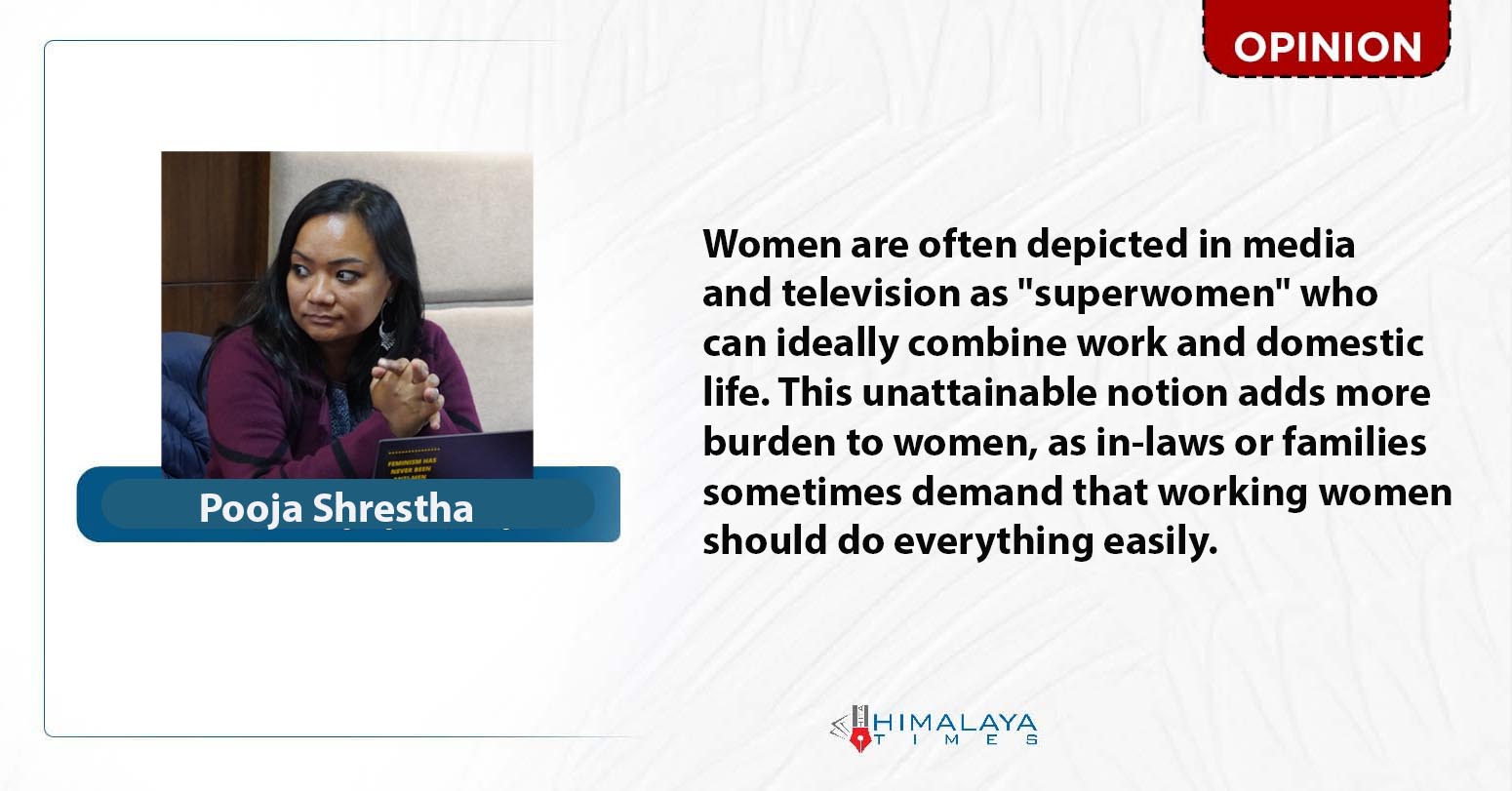
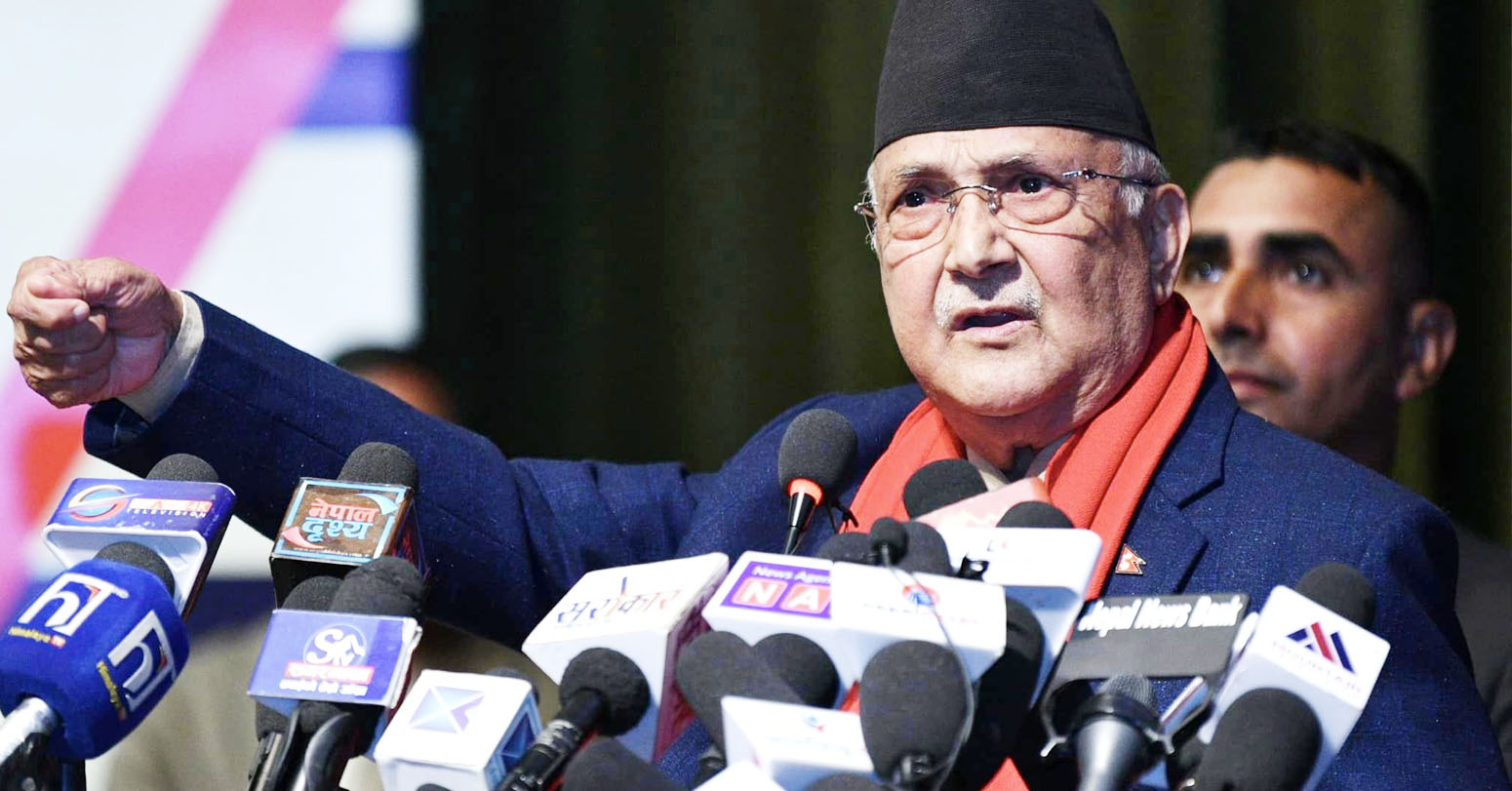

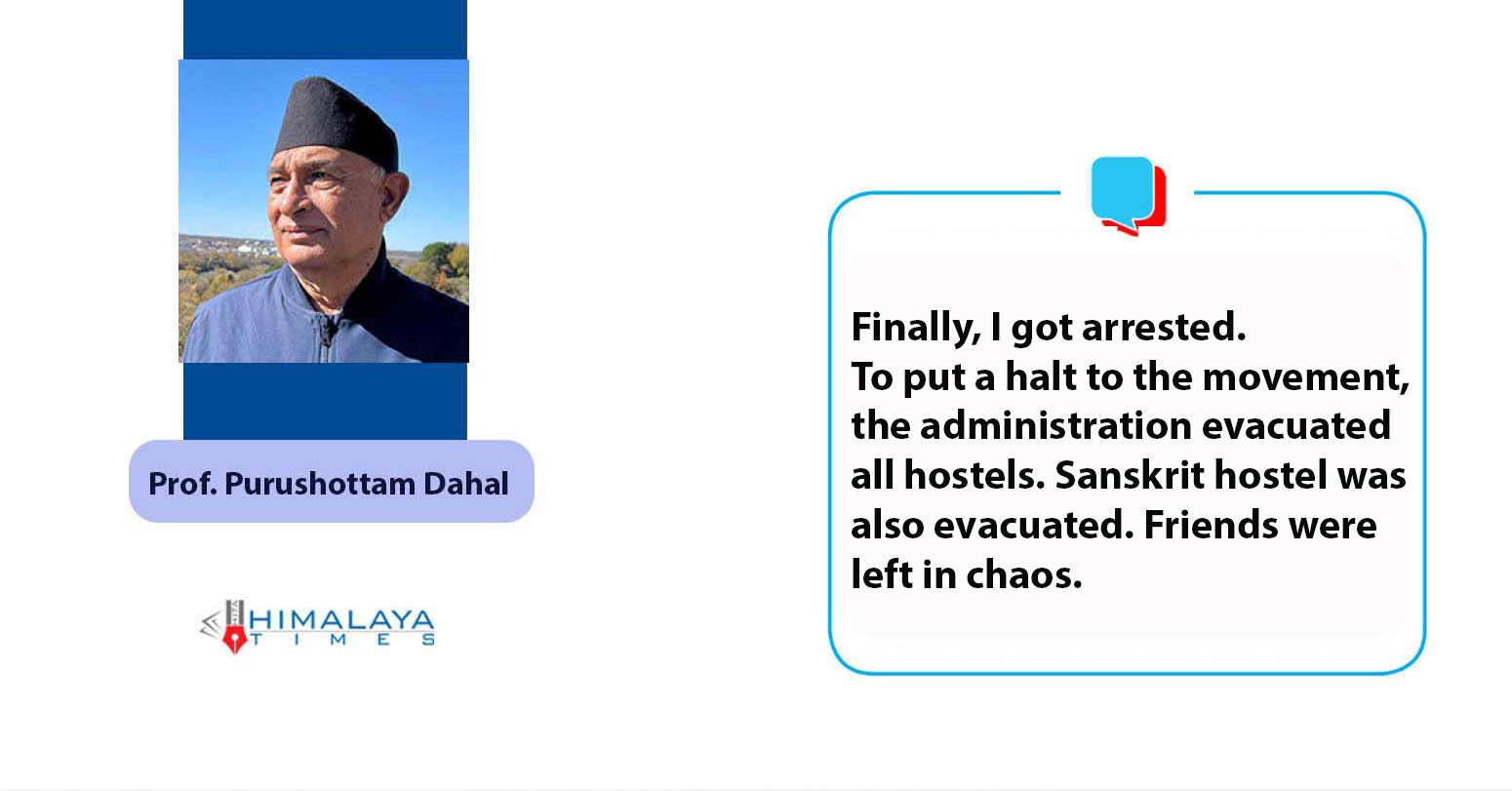
Middle-aged man spends millions to
Breathing The Unbreathable Air
Comprehensive Data Protection Law Critically
Gender Differences In Mental Healthcare
Dr. Dharam Raj Upadhyay: Man
Erosion of Democracy